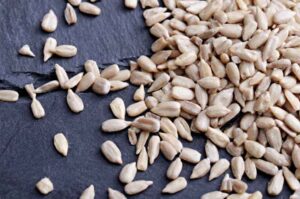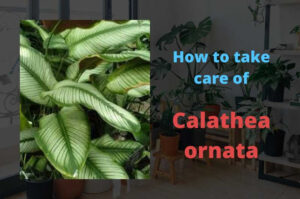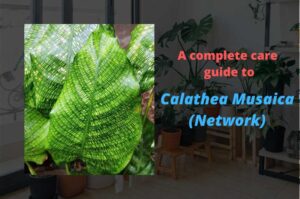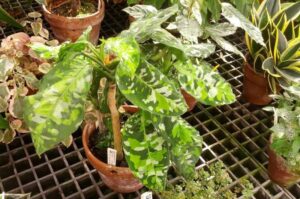Why Is My Hoya Plant Dying? How To Save A Dying Hoya Plant?
Hoya plants are classic beauties when it comes to houseplants. The big waxy leaves and the porcelain-like flowers make it a desirable indoor plant for everyone. However, this plant also faces different types of issues. In this article we will discuss why is your Hoya plant dying, and how to save a dying hoya plant.
Your Hoya plant is dying due to overexposure to sunlight and improper watering habits. Other reasons which might cause the death of Hoya plants are the low humidity and temperature levels, poor quality of potting soil, and overuse of fertilizers.
So without wasting any more time let us look at each one of the problems and come up with solutions that will revive your Hoya plants back.
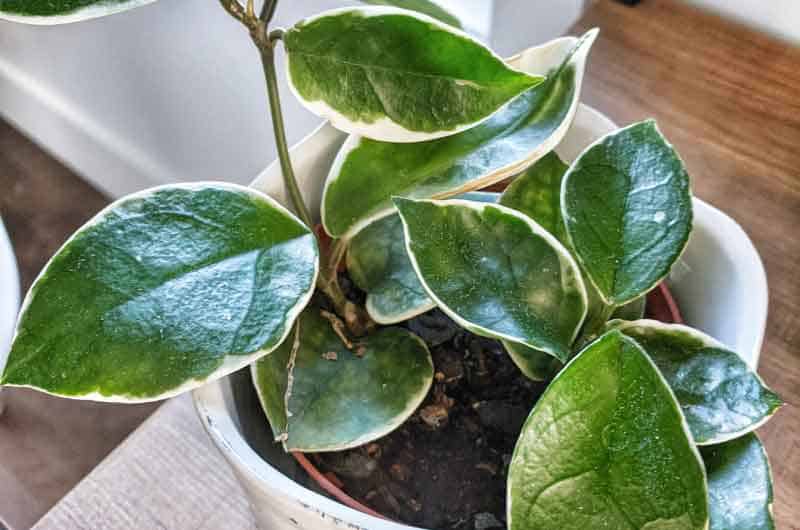
But one thing to remember is that the best way to revive a dying Hoya plant is to propagate the plant. That is to take a node with a few leaves (though leaves are not required because these plants have tremendous growth potential and will do so if the stem has chlorophyll in it) and grow a new plant from the previous one.
Overexposure to Sunlight
Hoya plants naturally grow in the gaps and the under canopies of big trees, thus they are accustomed to indirect or diffused sunlight. And creating such light conditions at home is essential for both the growth of a new plant and to revive a dying plant.
Therefore, improper lighting can be an issue with these plants, and might as well be the reason in your case.
Even though these plants look like succulents due to their big waxy leaves, they are not so. And thus, can suffer severe sunburns when left out in direct sunlight.
But some species can tolerate direct sunlight up to four hours a day. The leaves of these varieties turn red in sunlight but take care not to keep them for a long time as they too are prone to sunburns.
It is recommended to keep these plants in 50 to 80% shade.
How to get the right light conditions for Hoya plants
You can consider the following things in order to get an ideal lighting condition for your Hoya plant.
- Use a cloth to provide the necessary amount of shade and diffused light.
- Use a growth light.
- Keep your plants away from southeast windows. And if you are bound to keep them there, put them at least 4 inches away from the windowpane.
- Preferably keep them on your north and northeastern windows.
These are the simple steps you can follow to create the perfect light conditions for your plants.
Improper watering Habits
Hoya plants can seriously suffer from improper watering habits and thus can be a cause of death. This is because they are habituated to different water levels during different seasons, and also as a rule of thumb, the frequency of watering should depend on the amount of sunlight your plants are receiving.
If not done properly Hoya plants can suffer from both overwatering and underwatering.
Over-watering
You are allowed to subject your plants to long deep watering if you are using well-drained potting soil. This allows the excess water to drain away with ease and does not let the soil become water-logged.
But if your potting mix is heavy in peat and holds too much water, then it is advised to reduce the frequency of watering. As frequent watering in such a case will make the soil water-logged which will further suffocate the roots of the plants and deprive them of air and cause fungal infections in the roots.
Underwatering
Underwatering can be caused due to overexposure to sunlight or using poor quality potting soil that cannot hold water. Underwatering dehydrates the plants and several symptoms show up like curling of leaves, browning of leaves, etc.
Some common solutions for watering problems are
- Water the plant thoroughly during the summer months but let the soil dry out before watering during the winter months.
- Water is such a way that the top inches of the soil gets wet and not more.
- Use good quality potting soil.
- It is recommended to water the plants on the southern widows frequently because they receive more sunlight compared to the ones on the northern windows that receive less sunlight.
- If you are using growth light on your hoya plants you should water the plant less frequently as it takes time for the soil to soak up water under a grow light.
- Use room temperature water.
Low-Temperature Conditions
Leaving some species of Hoya plants that are mountainous all others cannot tolerate cold temperatures. Anything below 50⁰ F( 10⁰ C ) and you are at risk of losing your plants. Providing the right temperature in your house is crucial to the healthy growth of these plants. Try to keep the house warm throughout the year.
Temperature fluctuations are mainly caused in homes due to air conditioners and hot and cold air drafts from windows. Try to keep the plants in such areas in your home where they are not constantly faced with such temperature fluctuations.
You may also like this article- Why is my Golden pothos not growing? The untold secret.
Low Humidity Levels
Hoya plants are tropical plants. As such they are accustomed to moderate to high humidity throughout the year. On top of that, they even receive a lot of rainfall during the monsoon seasons.
The hoya plants have waxy leaves as already mentioned, this lets them tolerate a drop in humidity to some levels. But this does not mean you should take the chance and to let them thrive you need to provide moderate to high humidity levels.
Methods to increase the humidity levels
You can easily raise the humidity levels around these plants by using a Humidifier. Other methods include
- Place your plants within plastic cases. This will trap the water released by the plants during transpiration and raise the moisture content of the air.
- Use a humidity tray.
- You can keep your plants behind a glass partition with a humidifier.
If your plants are already dying or suffering from humidity issues then as an immediate step you should mist the plants to recover the moisture on the leaves (but don’t mist the flowers) to some extent.
Poor Potting Soil
As you have seen the role of potting soil in the case of water issues, potting soil is an important factor, which if went wrong, can kill your plants. Besides that potting soil is also important for providing the right nutrients to your plants.
The recommended potting soil mix to use if you are trying to revive a dying hoya plant is 1/3 perlite, 1/3 peat, 1/3 orchid mix. This creates a mixture that is well-drained and lets the roots dry out intermittently, something that is essential and special in the case of Hoya plants.
You can buy good quality potting soil either online or from the local garden store.
Added to potting soil you should also consider using fertilizers even though Hoyas are not heavy feeders. This provides an extra boost to recovering plants and also ensures healthy growth.
Use light fertilizers that contain macro and micronutrients on a monthly or biweekly basis.
Pruning
Pruning is required in these plants because they grow unwieldily and heavily. Pruning dead leaves and stems keeps the plant healthy and fresh. Taking care during pruning is essential because if you end up cutting any peduncle you will stop the growth of the flowers there.
In the case of reviving a dying plant, pruning comes in handy as cutting the dead and fallen parts creates room for the rest of the plant to “breathe”. More energy can be then spent on trying to revive the plant than to maintain the parts that will die anyway.
You may also like this article- Why Is My Hoya Kerrii Not Growing? (Causes and Solutions)
How To Save A Dying Hoya Plant?
By following a few simple steps, you can easily save your dying Hoya plant. The steps are
- First select an ideal place for your Hoya plant, where it can get enough amount of bright indirect sunlight. Avoid any direct sunlight falling on the plant.
- Check the potting soil regularly, and apply water to the plant, according to its requirements. You can do this by dipping your finger inside the soil. If it is moist, then there is enough amount of water for the plant. If it is feeling dry, then go for watering.
- Try to keep the surrounding environment humid. You can also do this by grouping your plants.
- Never expose the plant to low-temperature drafts.
- Use a well-drained potting mix and a pot with proper drainage holes.
- If your plant is still not reviving, then try repotting or propagating them.
These methods will surely show some positive effect on your Hoya plant and your plant will surely start its growth within a very short period of time.
Conclusion
Hoya plants are a beautiful lot, and maintaining them takes a bit of hard work. If your plants are dying you should follow the steps and methods in this article and in no time your plants will grow back.

